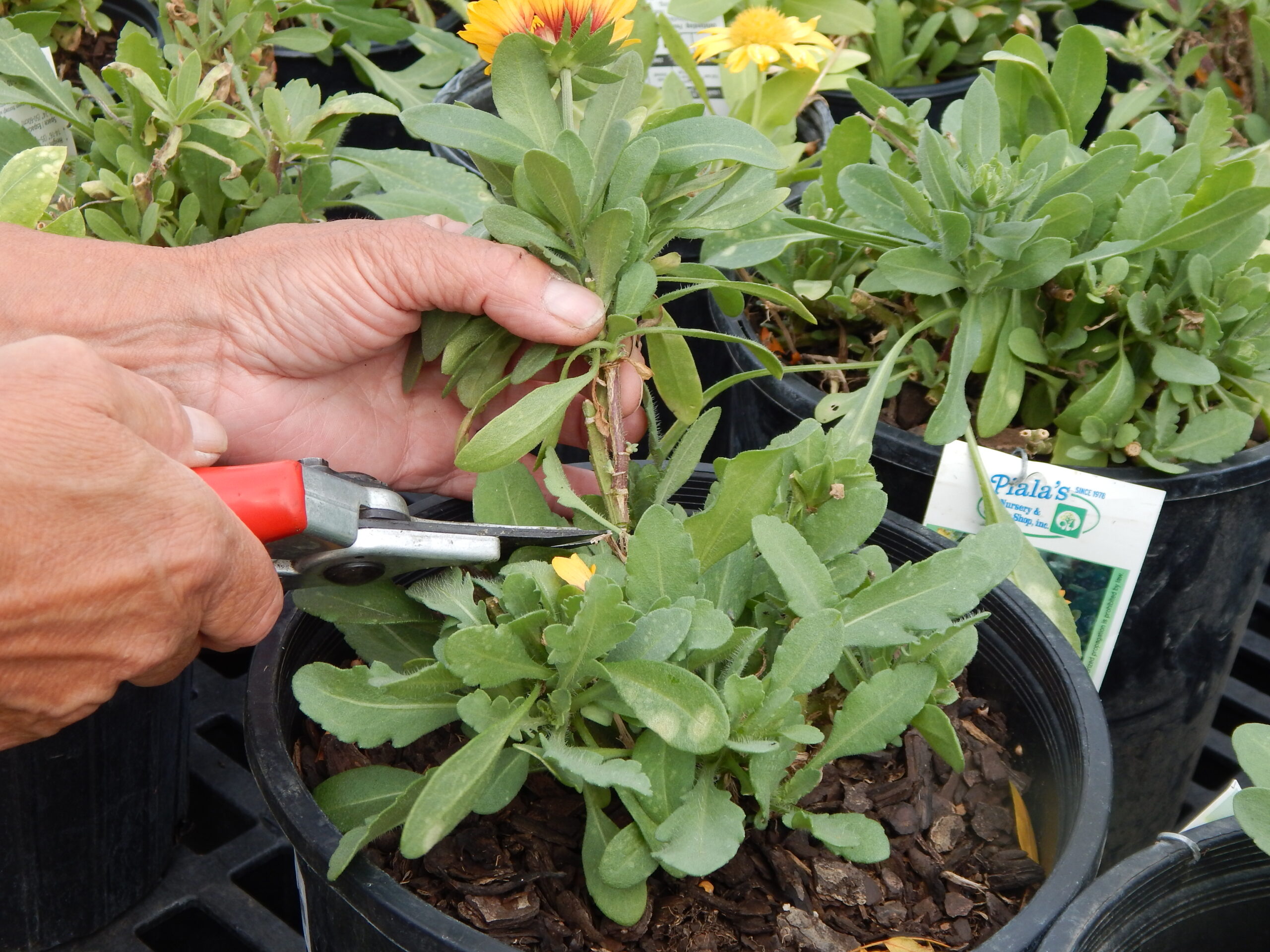Fall Perennial Garden Cleanup
It’s that time of year when our perennial gardens are ready to be nestled all snug in their beds for a long winters nap (so would a lot of us)! However, not all plants have the same idea about what naptime means, so when bedding down perennials there are a few rules that are best followed. The rest of the decisions are choices. Choices are best made between the plant and the gardener.
Let’s start with the rules:
- If the leaves turn to mush: cut the plant to the ground and dispose of the debris. Good examples are Hosta and Daylilies. The leaves of those plants will tend to get moldy when left on the ground under a blanket of snow or a wet fall.
- If a plant had a disease problem during the summer: best example is powdery mildew. The leaves of a plant with powdery mildew will look like they have a dusting of white. Some examples of susceptible plants are Bee Balm (Monarda), some Phlox and Peonies. If you see powdery mildew on leaves, cut plants back and remove and dispose of fallen leaves. This will not solve your powdery mildew problems but can help reduce them. Contact our staff in early spring for ways to prevent powdery mildew.
- For Waukesha-area gardeners: we strongly recommend cutting down peonies and iris in the fall. Prune them back to about 3-6″ above the ground. Remove the dead leaves and debris to prevent mildew and borer issues in the following seasons.
- Do not cut back die-back shrubs until spring. Examples include Roses, Lavender and Butterfly Bush. Cutting them back now could encourage them to push new growth. Those shrubs will have some natural die-back in winter because of the cold. In Spring, when the plant begins to grow again, cut back dead wood to a live bud. It’s also a good practice to cover the crowns of those plants with a bucket full of compost. It’s like an extra blanket. Remove the compost in spring and spread it around.
- There are a handful of perennials that should not be cut back in fall due to their growth habit. These include but are not limited to: Heucheras (Coral Bells), Bergenia, Dianthus, and Christmas Ferns. In these specific cases, the crown of the plant can be injured if cut too far down to the ground and it may not survive the winter.
Now for the decisions:
The first decision to make after following the rules is whether or not you want to cut anything else back. It’s personal. Some gardeners leave non-mushy plants intact for winter interest, to feed wildlife, or help pollinators overwinter. Others prefer a clean looking landscape or won’t have the time in spring to finish the clean-up. Some prefer a combination of both.
- Leave it all up for winter interest. You’ll have winter interest (it’s mostly browns of different shades and textures but, hey, it’s the best we can do), feed wildlife, and help pollinators overwinter.
- Cut it all back and remove the debris. You’ll be all ready for spring season. This works if you have lots of bulbs and can’t get an early clean-up done before they emerge or you just don’t have time in spring. A fall mulching is highly recommended as a blanket against the cold.
- Any combination can work. It’s up to you to decide how much you want to see during the winter and what works best for you and your plants. If you prefer a cleaner look cut it all back and instead of removing the debris leave it on the ground for wildlife and pollinators. Dispose of it in the spring. Tall grass debris removed in spring is perfect for the strawberry bed or as mulch in the vegetable garden. Tree leaf debris in fall can collect in the crowns of woody stemmed plants to protect against winter. In spring, remove the leaf debris from the crowns and spread it around as mulch.
- Note about ornamental grasses: Generally, we recommend leaving grasses standing over winter for texture and visual interest. Prune them back in spring before you see new growth emerging from the bottom to about three inches above the ground. One exception: if you have grasses growing right alongside your driveway, you may wish to cut them back in the fall. If they get drawn into your snowblower, it can be a real headache!
So, outside of following the rules, how you put your plants to bed is a choice. Enjoy a late season stroll around the garden, converse with the plants, and make a plan. It may be a little chilly so don’t forget to bring the Hot Toddy!

